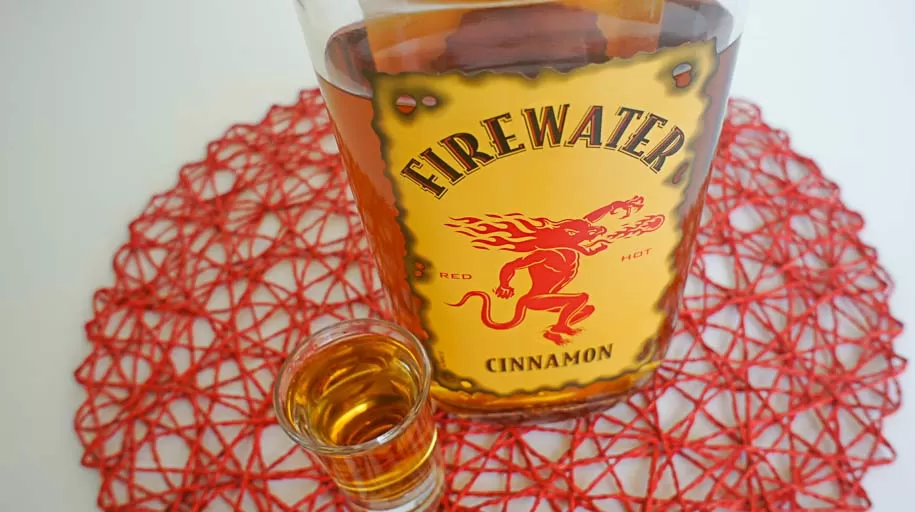Sazerac Straight Rye Whiskey

I have not had a rye whisky to review for such a long time. It is high time for something a bit more spicy and different, so today I look at the Sazerac Straight Rye whiskey. This whiskey is named after the Sazerac coffee house in New Orleans, which is deemed the birthplace of the famous Sazerac cocktail.




